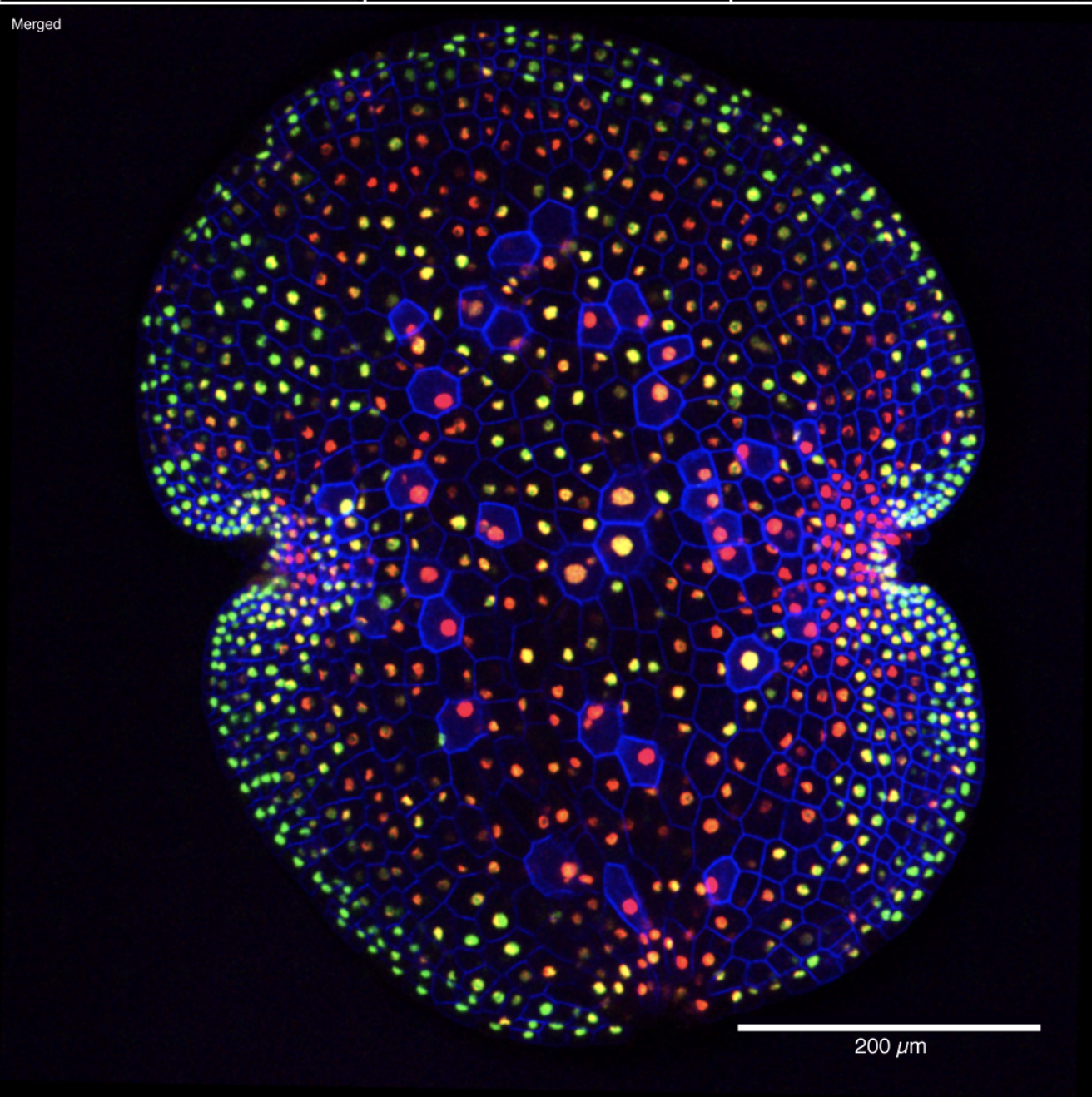
Submitted by Administrator on Tue, 13/02/2018 - 10:57
As part of a collaboration between the University of Cambridge the Universidad Catolica de Chile, Pollak and Federici have devised a new method for gene assembly based on two Type IIS restriction endonuceases, Bsal and Sapl. Loop Assembly allows rapid and efficient production of large DNA constructs, is compatible with widely used Level zero (L0) DNA parts such as Phytobricks, and can be easily automated.
High efficiency methods for DNA assembly are based on sequence overlap between fragments or Type IIS restriction endonuclease cleavage and ligation. These have enabled routine assembly of synthetic DNAs of increased size and complexity. However, these techniques require customisation, elaborate vector sets and serial manipulations for the different stages of assembly. We present Loop assembly, based on a recursive approach to DNA fabrication. Alternate use of two Type IIS restriction endonucleases and corresponding vector sets allows efficient and parallel assembly of large DNA circuits. Plasmids containing standard Level 0 parts can be assembled into circuits containing 1, 4, 16 or more genes by looping between the two vector sets. The vectors also contain modular sites for hybrid assembly using sequence overlap methods. Loop assembly provides a simple generalised solution for DNA construction with standardised parts. The cloning system is provided under an OpenMTA license for unrestricted sharing and open access.

